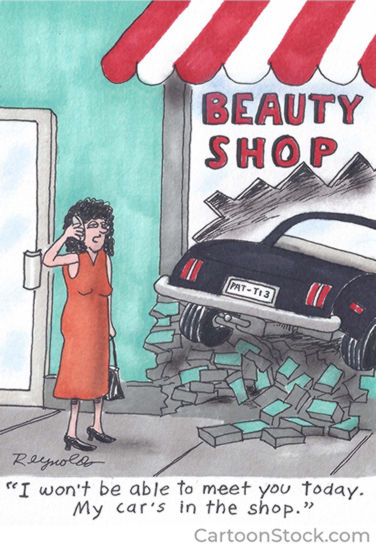Visual Processing and Driving
We take in a lot of information through our eyes when we’re driving. Our brain is constantly processing this information and making split-second decisions based on what we see. This is called visual processing, and it’s an important part of safe driving. There are three main types of visual processing:
1. Perception: This is the ability to see and interpret what’s in front of you. This includes being able to identify objects, colors, and movement.
2. Cognition: This is the ability to think and make decisions based on what you see. This includes things like planning your route, judging distances, and react to changes in traffic.
3. Motor control: This is the ability to control your body and your vehicle based on what you see. This includes things like steering, braking, and accelerating.
All three of these types of visual processing are important for safe driving. If one of them is not working properly, it can lead to accidents.
Perception is the most important type of visual processing for driving. If you can’t see or interpret what’s in front of you, you won’t be able to make safe decisions.
Cognition is also important. You need to be able to plan your route and judge distances. If you can’t do these things, you might end up in an accident.
Motor control is important too. If you can’t control your body or your vehicle, you might not be able to avoid an accident.
There are many things that can affect your visual processing. Age, illness, and injury can all lead to problems with visual processing. Some medications can also cause problems.
If you have any problems with visual processing, you should talk to your doctor. You might need to see an eye doctor or a neurologist. You might also need to take a driving test to make sure you’re still safe to drive.
How you drive depends upon what you can see.
Here are some observational skills needed for driving:
Most people think that driving is simply about getting from Point A to Point B as quickly and safely as possible. But there is a lot more to it than that. Good driving requires observational skills, and the ability to anticipate what other drivers, pedestrians, and animals might do.
Observational skills are important because they help you to be aware of potential hazards on the road. For example, if you see a car ahead of you swerving in and out of its lane, you will know to give it a wide berth in case it suddenly veers into your path. If you see a pedestrian looking like they are about to step into the street, you will know to stop and give them the right of way.
Anticipating what other people might do is also important. If you see a car approaching an intersection at high speed, you will know to be prepared to stop in case they run the red light. If you see a group of teenagers loitering on the sidewalk, you will know to be extra cautious in case they decide to dart out into the street.
Of course, no one can be 100% observant all the time, and there will always be surprises. But the more observant you are, the more prepared you will be to deal with whatever comes your way.
Depth perception
Most people are familiar with the idea of depth perception in relation to their own vision. We use it constantly in our everyday lives, whether we’re looking at a computer screen, reading a book, or driving a car. But what exactly is depth perception, and how does it work?
Depth perception is the ability to see objects in three dimensions. This means that we can judge the distance of an object, and how it relates to other objects around it. Our brain uses several different cues to judge depth, including:
Size: We know that an object that is closer to us will appear larger than an object that is further away.
Relative size: We can compare the size of two objects, and judge which is further away based on their relative sizes.
Motion parallax: This is the apparent movement of objects as we move our head from side to side. Objects that are further away will appear to move less than objects that are closer to us.
Linear perspective: This is the way parallel lines appear to converge as they get further away from us.
Texture gradient: This is the way that textures appear to get finer as they get further away from us.
Shading: We know that an object that is lit from one side will appear darker than an object that is lit from both sides.
Aerial perspective: This is the way that objects appear to get blurrier and have less contrast as they get further away from us.
All of these cues work together to give us a sense of depth and distance. When we’re driving, depth perception is especially important. We need to be able to judge the distance of other cars, and how fast they’re moving relative to us. We also need to be able to judge the distance of objects on the side of the road, so we can gauge how close we are to them. Depth perception is something that we take for granted, but it’s an important part of our everyday lives. Next time you’re driving, take a moment to appreciate how your brain is using all of these cues to help you judge distances and keep you safe on the road.
















